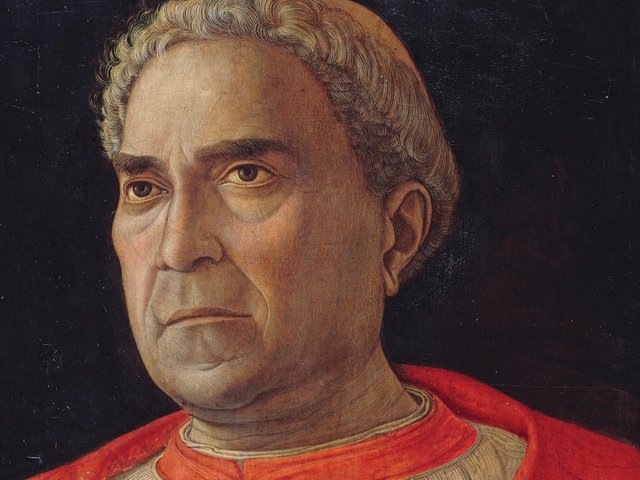Raphael’s “Donna Velata” (Veiled woman) and Titian’s “Young Englishman,” currently on loan from the Palazzo Pitti in Florence to the Art Institute of Chicago, have become two of the most famous and influential paintings by these Renaissance masters. Painted around 1516 in Rome, the “Donna Velata” was celebrated as much for its embodiment of beauty as for its composition, and is thought by some to be a portrait of the artist’s mistress, Margarita Luti, whose likeness also appeared in several of his images of the Madonna. When it disappeared for 200 years into the recesses of the Palazzo Pitti, misattributed to Justus Sustemans, a Medici court painter, it continued its life vicariously through a print, masquerading as St Catherine. Titian’s “Young Englishman,” painted around 1540, has at various times been identified as his friend the poet, Pietro Aretino, or the Duke of Urbino, although many identify the sitter as Thomas Howard, Third Duke of Norfolk, because of the subject’s blue-green eyes and light complexion. From the later part of Titian’s career, the portrait served as a model for depicting powerful men throughout all of Europe. The Titian is making only its second trip to the US, and this is the first time the Raphael painting has travelled outside of Europe. Surprisingly, it is also only the third time a Raphael has ever hung in the Art Institute, which although it may lack certain great Old Masters, does have one of the finest collections of Impressionism in the world. In fact the trade-off for this show was that they lent the Pitti seven landscapes for Italy’s first ever Monet exhibition, which closed in Florence last September.
Palazzo Pittiarchive
Titian and Raphael portraits that launched 1,000 faces
Raphael’s “Donna Velata” and Titian’s “Young Englishman” have become two of the most influential paintings by Renaissance masters
1 January 2000


